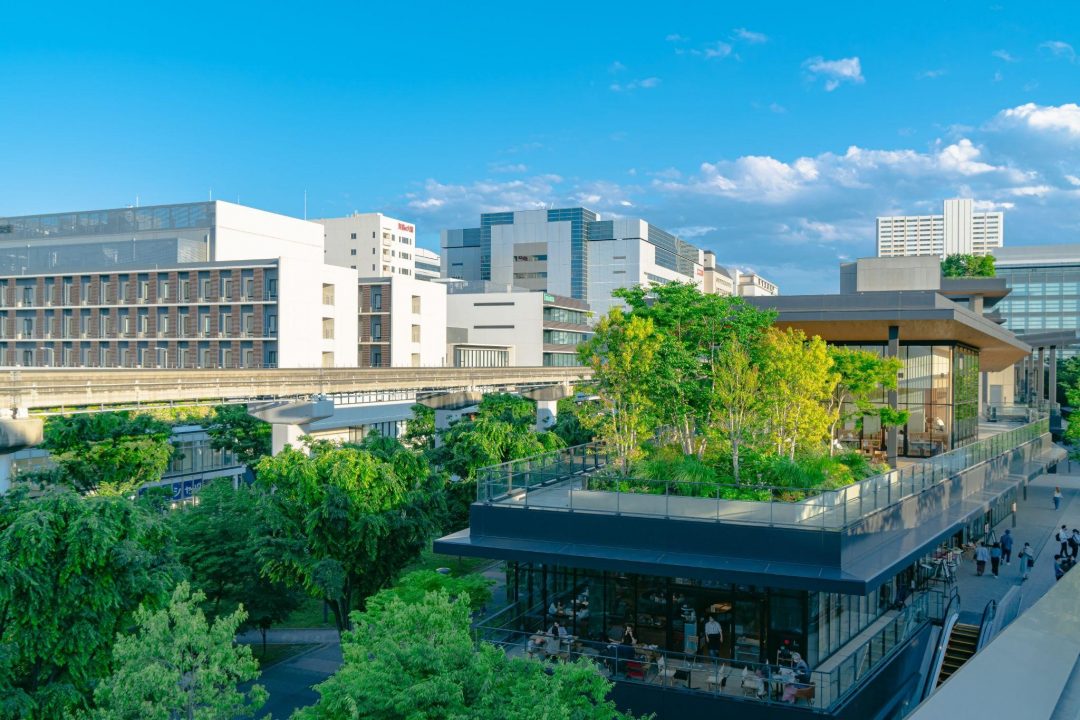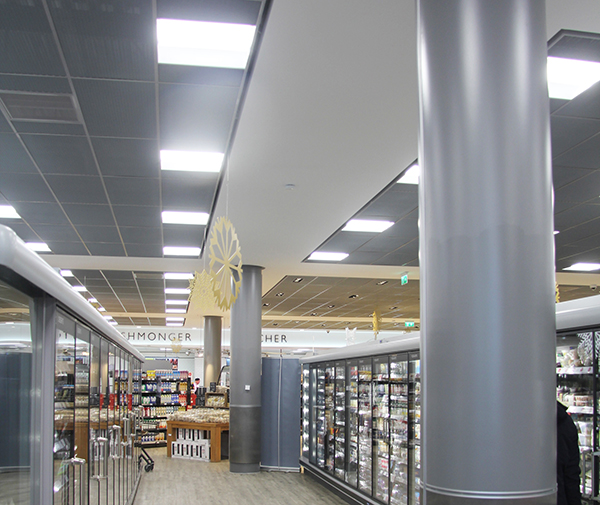The adverse effects of climate change and global warming, destruction of habitats, endangered species, and unbalanced ecosystems are all caused by the negative impacts of human activities on the environment. Because of this, different sectors are now innovating ways to be more eco-friendly. The field of architecture’s response to this dilemma is the growth and development of green architecture.
What is “Green Architecture”?
Green architecture is a movement to counteract the environmental impact of humankind. This is a shared philosophy of architects worldwide to be more mindful of nature when working on a project. However, green architecture doesn’t mean humans need to sacrifice their lifestyle for the environment. On the contrary, this type of architecture uses technology to restore the harmonious relationship between humankind and nature without compromising the comfort and convenience that humans enjoy now.
What are the famous green architecture techniques?
There are many ways to apply green architecture, like using renewable and sustainable energy sources, designing calamity-proof buildings, and upgrading old facilities with new technology. Below is a list of the most used techniques in green architecture.
Green roofs and roof gardens
This architectural style utilises the space on the roof of homes and buildings. For example, green roofs use a waterproof membrane so you can plant herbs and flowers directly on the roof, while a roof garden follows the same concept but uses pots and containers. Both techniques can cover a roof fully or partially. You can even put a recreational spot or a rooftop cafe alongside your plants. In addition, green roofs and gardens produce local food and spices, lessen air pollution, and make the buildings more beautiful.
Eco-friendly walls
There are different techniques to make walls eco-friendly. One example is a green wall with soil and water delivery mechanisms inside to cater to vegetation growth. Green walls can reduce urban heat, improve building insulation, absorb stormwater, and give a stunning indoor or outdoor view. Another architectural and engineering technique is the retaining wall system which uses eco-friendly and durable materials. Retaining wall systems are also designed to prevent soil erosion and soil pollution.
Rain gardens
A rain garden is a fantastic rain catcher. It features a water drainage system that collects rainwater and directs it to a garden. The garden will then soak and purify the water. As a result, the clean water will flow to rivers, lakes, ponds, canals, and other bodies of water with fewer pollutants. This technique helps lessen water pollution and decrease urban heat.
Light shelves
A light shelf is placed near windows to reduce flares and allows more natural light to enter the room. It also makes the room warmer, which is energy-efficient for cold places. A light shelf is often partnered with blinds, smart windows, or other control mechanisms for warmer areas.
Final thoughts
The field of green architecture keeps on growing as companies and business owners can see its benefits. The possibilities of a greener and more sustainable future are endless; these green architecture techniques are just a few examples.






